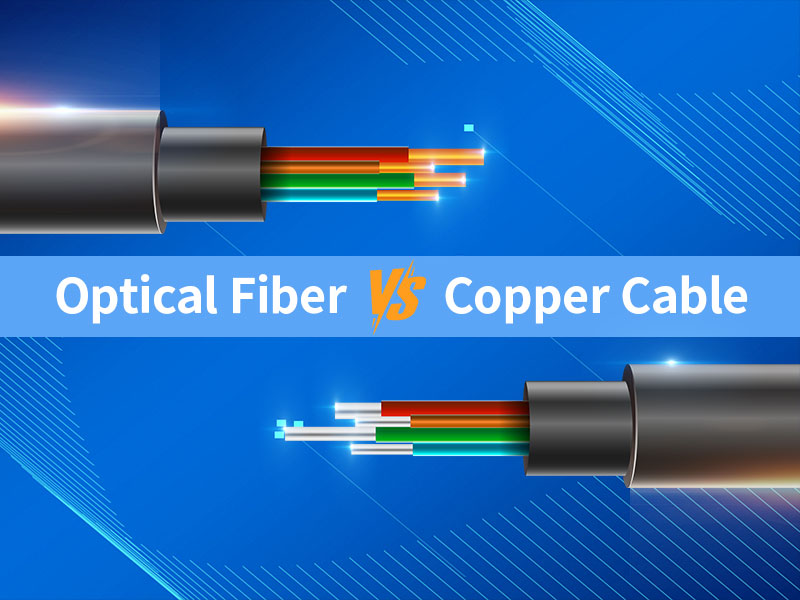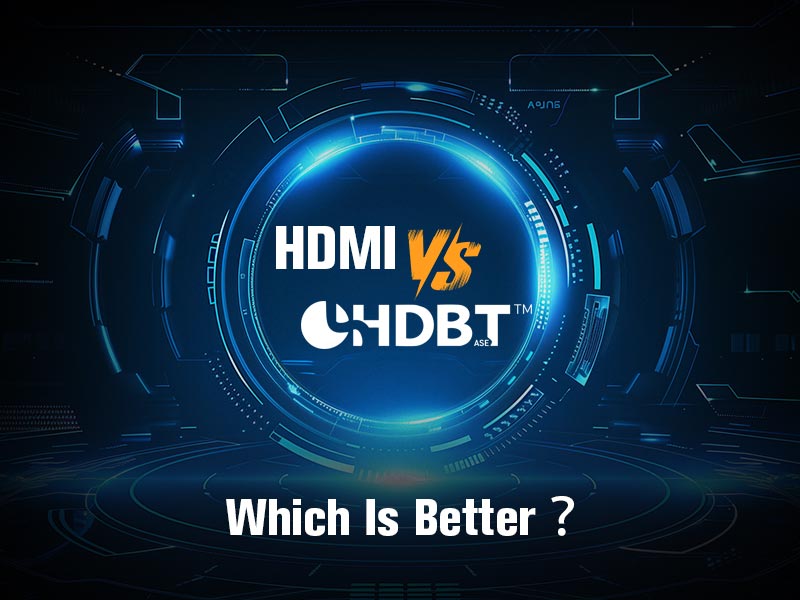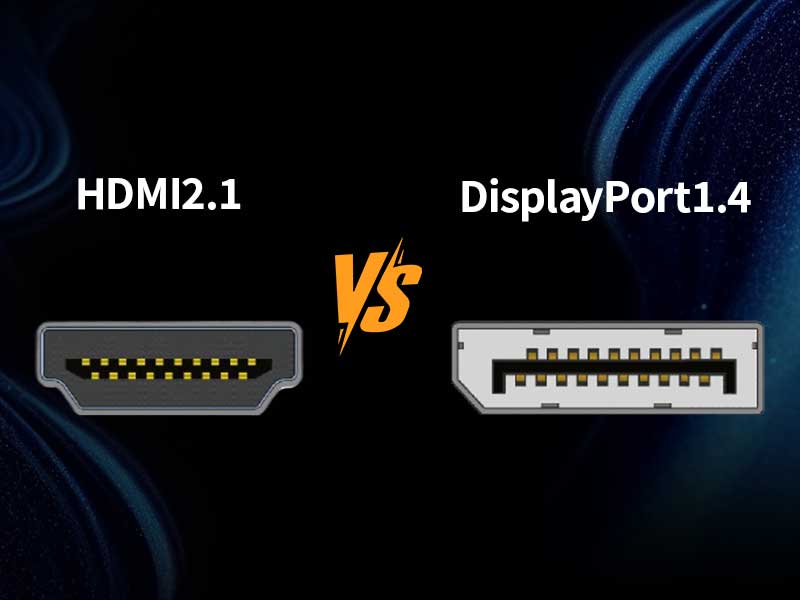In the field of data transmission, there is an irreversible trend toward optical fibers replacing copper wires, especially in extenders (such as KVM, audio-video extenders), where signal integrity is critical. Importantly, with the development of AI, people have higher requirements for the clarity and smoothness of videos. But isn’t copper cable important? This guide will compare fiber and copper cables and explore which one is your best choice for data transmission.
What are optical fiber cables and copper cables?
What is an optical fiber cable?
Optical fiber cables are strands of glass or plastic that transmit information using light. They’re incredibly fast, can carry information over very long distances without losing quality, and aren’t affected by electrical interference (like storms or nearby power lines). This makes them ideal for high-speed internet, medical equipment, and connecting cities across oceans.
What is a copper cable?
Copper cables are traditional wires made of metal (usually copper) that send information using electricity. They’re cheaper and easier to install than optical fibers, but they have limitations: electrical signals can weaken over long distances, and they’re prone to interference from other devices or weather. Copper is commonly used for older internet connections, landline phones, and short-distance wiring in homes and offices.
The advantages of optical fiber cables
Bigger Bandwidth
Optical fiber cables (Single-mode fibers) can easily carry 16K@120Hz (256Gbps) signals over distances up to 80 km. And the signals will not be compressed. On the other hand, HDMI 2.1 copper cables can support up to 48Gbps (4K@120Hz), but the bandwidth will drop dramatically after 5 meters. Besides, DisplayPort copper cables can’t stably transmit 8K@60Hz signals after 3m.
Long-distance Transmission
Optical fiber cables have two types – single-mode fiber and multi-mode fiber. The single-mode fiber can transmit 1080@60Hz signals up to 100km (no repeater is required), and the multi-mode fiber can transmit 4K@60Hz signals up to 500m. However, the maximum transmission distance of copper is 15 meters, and a repeater is needed.
Ultra-Low Latency
Optical fiber cables provide ultra-low latency compared to copper because they transmit data using light, which travels faster and more efficiently. The signal transmission can maintain strength over a long distance without slowdown. In fact, the signal propagation speed of copper cables is slightly faster than that of optical fiber cables. However, this advantage is negated by other factors like signal degradation and processing delays when the transmission distance becomes longer.
Anti-interference
The anti-interference function of optical fiber cables is better than that of copper cables. Fiber cables transmit data via light signals, free from electromagnetic interference(EMI), radio-frequency interference (RFI), and electrical storms. They are also ideal for environments with heavy machinery, medical equipment, or outdoor installations where electrical noise is unavoidable.
In contrast, copper cables transmit information via electrical signals, which can be susceptible to interference from the surrounding electromagnetic field. (power cables or wireless devices). This can lead to signal distortion or interruption. Therefore, optical fiber cables become a reliable choice in essential scenarios such as industries, hospitals, and data centers.
The advantages of copper cables
Plug and Play, Wide Compatibility
The copper cables (standard RJ45) can be connected to routers, switches, computers, and other devices without the need for adapters. Compared to copper cables, optical fiber cables need SFP/SFP+ optical modules, which increases hardware costs. In addition, traditional industrial control systems rely on copper wire protocols.
No Performance Difference in Short-Distance Transmission
The experience of copper and fiber is almost the same if you use these two types of cables in a short distance of 50m. This means that you can choose copper cables for short-distance transmission without the need to pay for expensive fiber.
Resistance to Physical Damage
Copper wire may continue to be used in the event of accidental damage. For example, after the sheath is broken, the copper core may still be maintained by contact. Once the core of the fiber is broken or scratched, the signal is immediately interrupted and needs specialized technical repairs.
Which one is right for KVM transmission?
In KVM transmission, the choice of fiber and copper depends on the requirements of different scenarios. Optical fiber’s anti-interference, ultra-low latency, and long-distance transmission features make it an ideal choice for data centers, high-frequency trading, and medical machines. It is also suitable for transmitting high-definition signals across floors or buildings. For example, Kinan HDMI® dual view fiber KVM extender can support transmission distance up to 10km by using single mode fiber.
However, copper cables (HDBaseT) are cheaper than fiber in short distances. In addition, they support PoE power supply. For example, they can power IP KVM devices. Therefore, copper cables are ideal for plug-and-play environments such as offices and studios.
In short, choosing the right cables depends on transmission distance, budgets, application scenarios, signal quality, etc.
Conclusion
Both Optical fiber cables and copper cables are important in data transmission with different advantages. Optical fiber cables stand out for bigger bandwidth, long-distance transmission, ultra-low latency, and anti-interference. And copper cables have features including simple installation, wide compatibility, and resistance to physical damage. Selecting which one depends on your concrete requirements.


